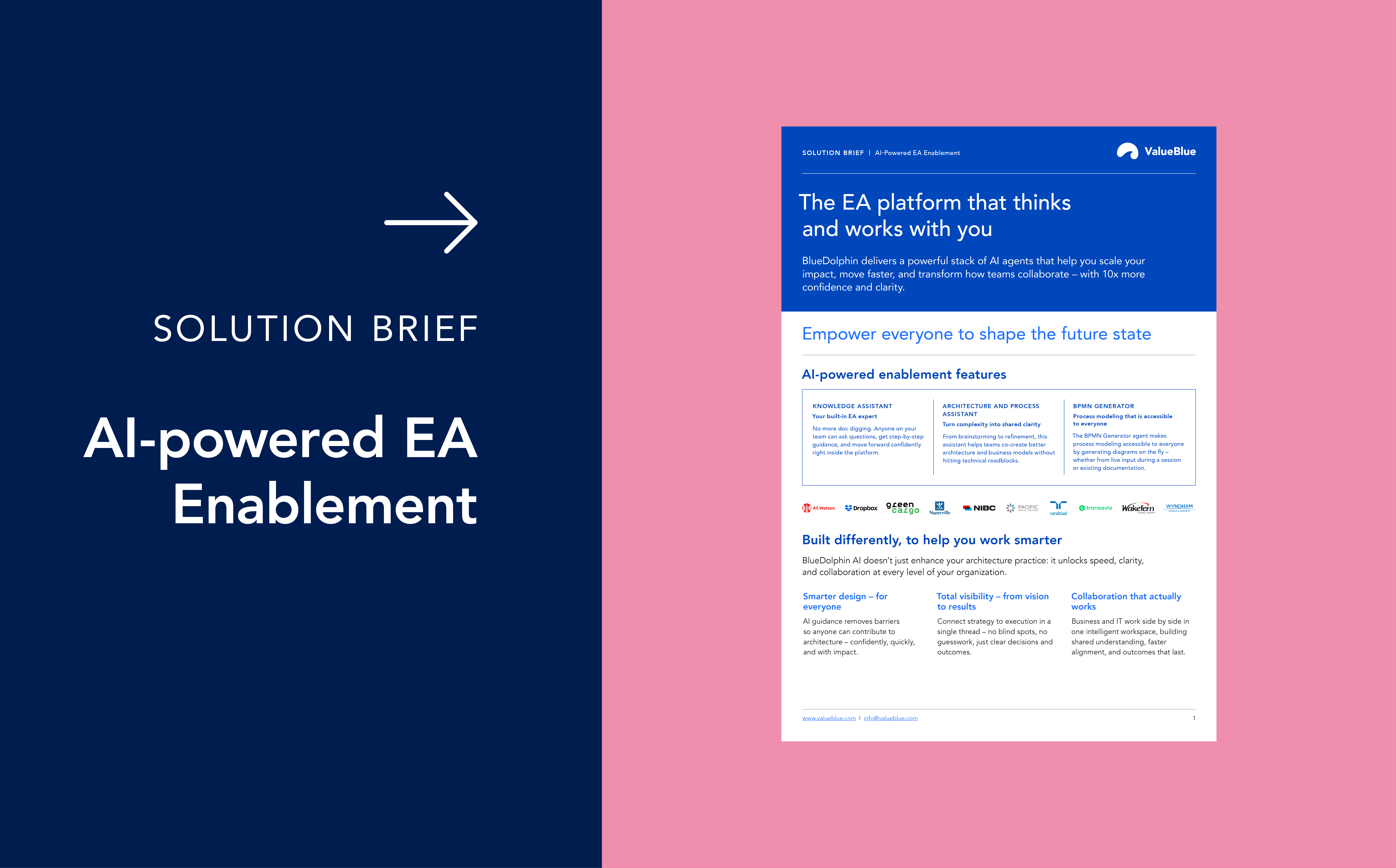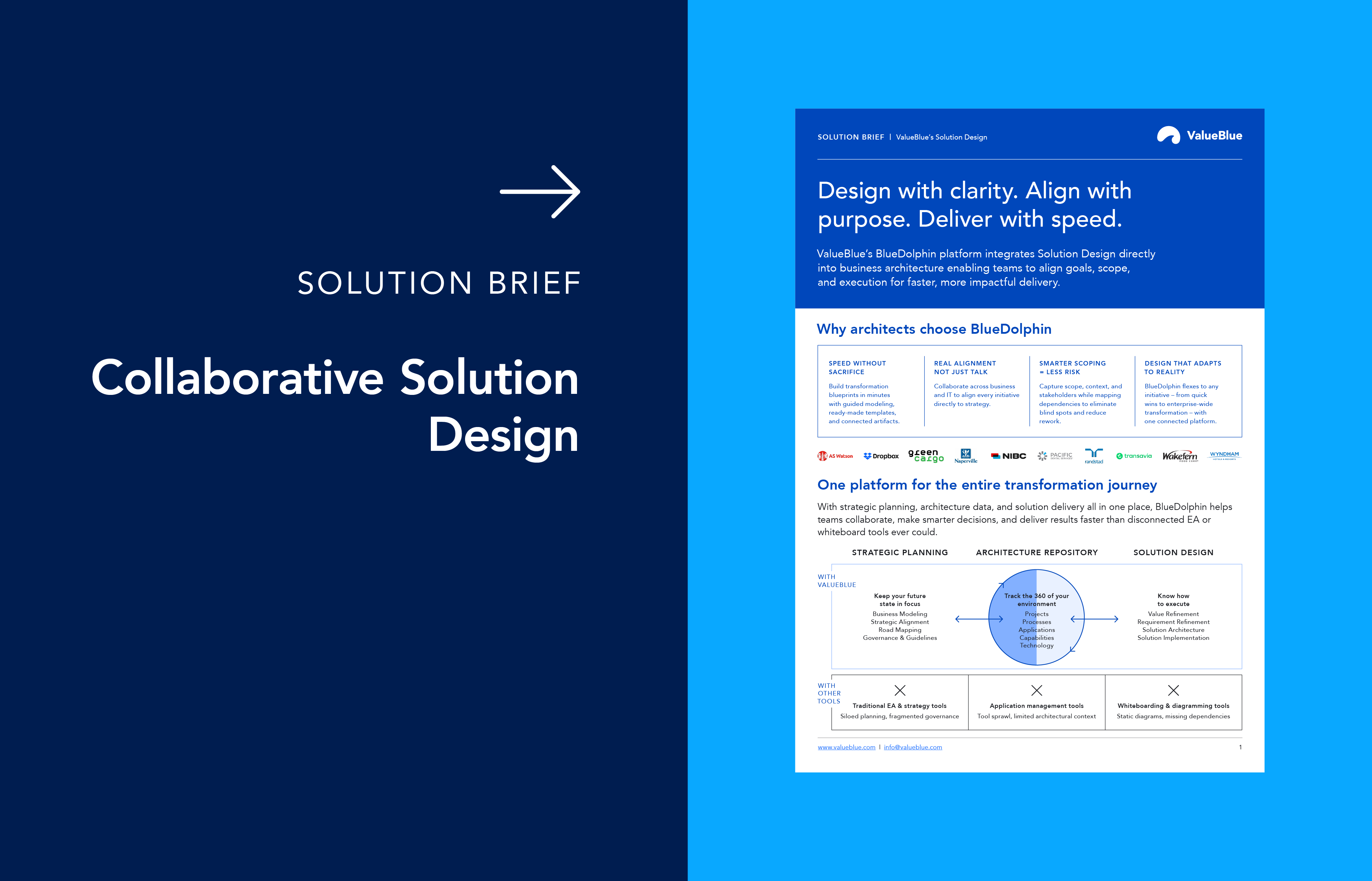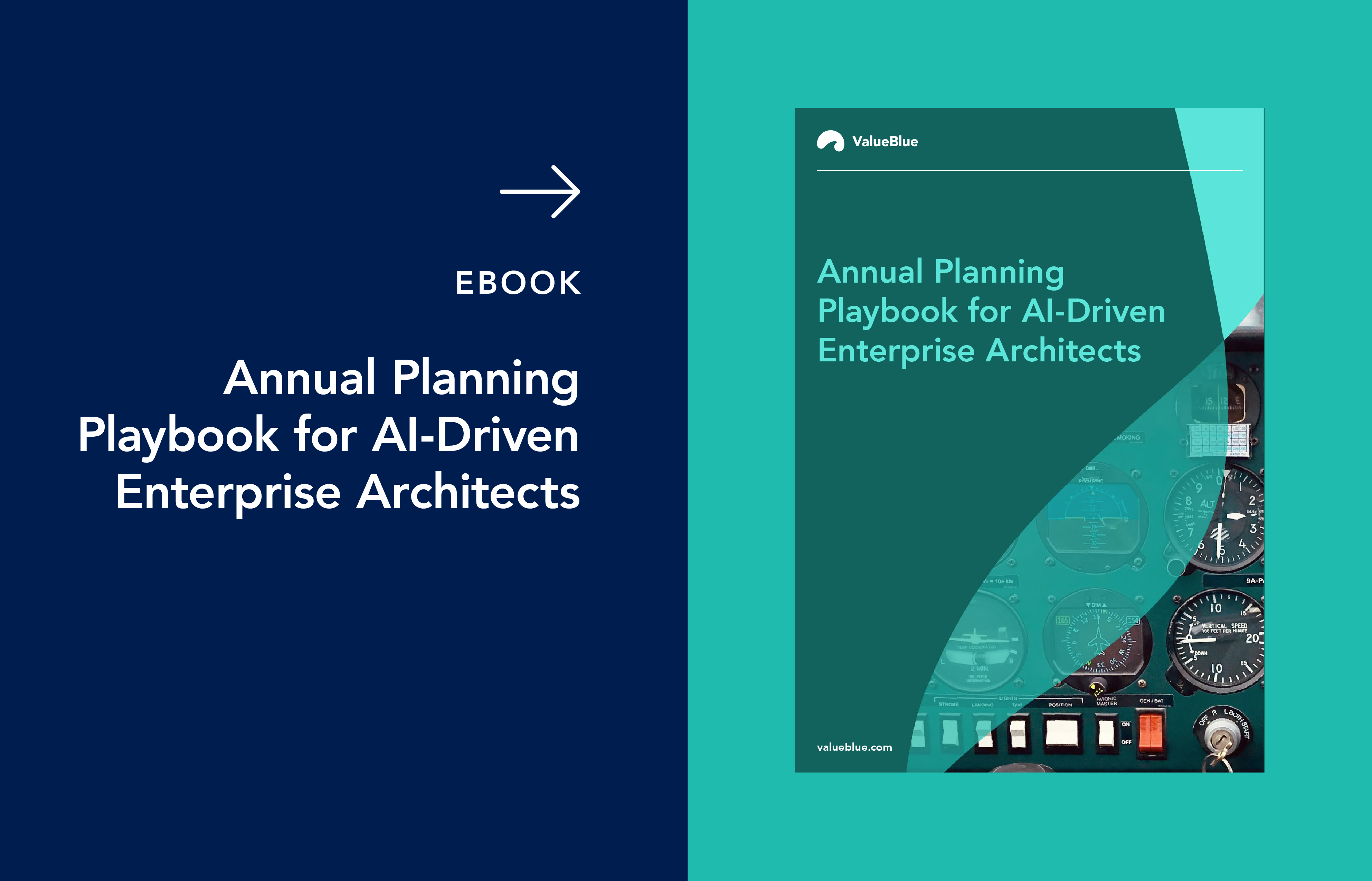Project Portfolio Management: Your Blueprint for Success
In 2025, US enterprises face a common challenge – too many projects competing for too few resources, and uncertainty about which ones will deliver true business transformation. Project Portfolio Management (PPM) is the discipline that brings order and strategic clarity.
Far from being just another management tool, PPM is a strategic blueprint that aligns every initiative with your goals, ensures resources are used effectively, and enables rapid adaptation to changing conditions. As the North American PPM sector is set to surpass $4.3 billion, companies that master PPM gain a decisive edge.
From this guide, you will learn how Project Portfolio Management works in practice, how to get started, and how American organizations are turning it into measurable ROI.
- What is Project Portfolio Management?
- Why Project Portfolio Management matters now
- Key steps to effective Project Portfolio Management
- Choosing Enterprise Portfolio Management tools
- Understanding SPM, PM, and SPA: Definitions and how they connect
- The role of Enterprise Architecture in Project Portfolio Management
- Key takeaways
- FAQ
What is Project Portfolio Management?
Imagine your projects as puzzle pieces across the table. Each piece has its purpose, but only when connected do they shape the full picture of your strategy. Project Portfolio Management (PPM) fits those pieces together. It is not about managing individual projects – instead, it curates and coordinates your entire collection of initiatives to maximize enterprise value.
In practice, PPM ensures every project supports corporate priorities, resources flow to top opportunities, and risks are balanced across the portfolio. This makes Project Portfolio Management indispensable for US firms navigating complex, fast-changing markets.
Why Project Portfolio Management matters now
Operating without PPM is like driving cross-country without a GPS – you may reach your destination, but not efficiently or on time. PPM makes the road ahead clear: you know where to go, when to pivot, and which turns to skip.
Here is how Project Portfolio Management powers modern enterprises:
- Clarity at every level – Open portfolio visibility cuts duplication and prevents resource bottlenecks.
- Confidence in investment – Funding flows only to initiatives aligned with business strategy.
- Higher success rates – Underperforming projects can be replaced with high-impact opportunities.
- Controlled spend – Budgets are protected by smarter allocations and ongoing monitoring.
- Agility in action – If market shifts, priorities can be adjusted fast without disrupting delivery.
[For more on bridging strategy and execution, read: "How Enterprise Architecture Powers Digital Transformation" – especially the sections on portfolio management and prioritization]
In the US, 80% of project leaders say PPM directly improves outcomes. Some report planning times reduced by 30% and resource utilization boosted by 20%.
Key steps to effective Project Portfolio Management
1. Portfolio planning and strategic alignment
Take a centralized approach to manage your portfolio of projects. Follow a bottom-up process, evaluating individual projects based on strategic criteria. This allows you to identify, prioritize, and coordinate the right projects for execution to ensure alignment with strategic objectives and optimal resource use. Put simply, it will allow you to ensure that you are "doing the right things".
[Deepen your approach: "Business Transformation: The Agile Evolution" explains how strategic project portfolios fuel agility]
2. Project prioritization and selection
Not all projects are equal. The strongest portfolios use disciplined scoring models to weigh strategic fit, projected ROI, resources, and risk. Top initiatives earn priority funding. Routine reviews ensure resources flow to what matters most.
[More on prioritization and solution design: "The Role of Solution Design in Business Transformation"]
3. Resource and budget optimization
Resources are finite. Smart enterprises audit available talent, technology, and funds before adding projects. Modern Project Portfolio Management platforms create dashboards for live resource tracking, letting managers deploy the right team, right away, without overextending. Financial discipline protects your budget from scope creep and surprises.
[Read: "How to Break Down Complex Application Portfolios in 3 Steps" for tips on resource and application alignment]
4. Performance monitoring and flexibility
Project Portfolio Management is an ongoing, dynamic process. Real-time metrics spot delays and overruns so leaders can intervene early. The smartest US teams use this to stay flexible – shifting budgets, extending timelines, or suspending underperformers to keep the portfolio healthy and valuable.
As there may be situations when things not foreseen in your budget rounds - e.g., one of your suppliers goes bankrupt and you need to find another solution – come up, it is important that you allow for some flexibility to deal with these "emerging projects".
[For governance best practices, see: "Business Capability Map: Benefits and Best Practices"]
Choosing Enterprise Portfolio Management tools
The US market for PPM software is evolving rapidly. Cloud-native platforms provide centralized scheduling, collaboration, and analytics. When choosing a solution, look for:
- Collaboration features – Teams need seamless, cross-functional communication.
- Support for industry modeling languages – For mapping processes and architecture.
- Integration readiness – Must fit existing IT ecosystems.
- Real-time analytics – Enables faster, data-driven decisions.
- Scalability – Ready to grow with your enterprise.
These capabilities mean you are not only managing your portfolio but proactively optimizing it for tomorrow’s demands.
Understanding SPM, PM, and SPA: Definitions and how they connect
To fully appreciate Project Portfolio Management (PPM), it is essential to see it within the broader ecosystem of strategic change frameworks, including Strategic Portfolio Management (SPM), Project Management (PM), and Strategic Portfolio Architecture (SPA). Each plays a unique, complementary role that enhances the impact and effectiveness of PPM.
Strategic Portfolio Management (SPM) is the high-level practice focused on selecting, managing, and governing the full spectrum of portfolios that align with long-term business strategy. SPM ensures that all change initiatives, investments, and resources directly support the organization’s vision and objectives. Where PPM emphasizes coordinated execution and benefits realization at the project level, SPM provides the overarching decision-making framework for prioritizing the right portfolios.
Project Management (PM) is the discipline and set of techniques used to plan, execute, and deliver individual projects from initiation to closure. PM operates at the tactical level, ensuring that specific deliverables are achieved on time, within scope, and on budget. While PM ensures that project objectives are met, it operates within the broader context set by Project Portfolio Management and Strategic Portfolio Management, supporting the organizational strategy through successful execution.
Strategic Portfolio Architecture (SPA) refers to the integrated structure, principles, and models that unify portfolios, programs, and projects across an enterprise. SPA provides the architectural foundation for alignment, governance, and scalability. It bridges business strategy with execution, ensuring that all initiatives and resources are coordinated in an optimized and consistent framework.
These disciplines are intrinsically related:
- SPM sets the strategic direction for portfolios, aligning them with broader goals.
- PPM optimizes the selection and delivery of projects within those portfolios.
- PM manages the execution of individual projects.
- SPA delivers the architectural cohesion needed for all parts to work together, maximizing synergy and ensuring scalable transformation.
In summary, PPM connects the dots between the broad strategic intent set by SPM, the architectural support of SPA, and the project-level execution delivered by PM. Only by leveraging all four approaches can organizations align strategy with delivery, maximize portfolio value, and build a resilient foundation for lasting transformation.
The role of Enterprise Architecture in Project Portfolio Management
All the disciplines above provide key elements to connect strategy and execution in a clear and structured way. However, they still rely on numerous elements and domains that require alignment and consistency to have the desired impact. Enterprise Architecture (EA) is exactly this: the glue that brings all elements together.
Here are some of the ways in which Enterprise Architecture adds value:
- Provides the foundation for project impact analyses (e.g., identifying critical, should-not-be-touched components that could be broken) and alternative scenarios by connecting business objectives to the architecture.
- Defines current and future state capability models, empowering organizations to set clear strategic roadmaps.
- Informs solution designs by mapping domain architectures, such as business, application, data, and technology.
- Sets the policies, principles, and guidelines to which new solutions and projects must comply.
Modern Enterprise Architecture practices go beyond static architecture modeling – they focus on aligning the full transformation lifecycle, from strategy to execution. In doing so, EA acts as a facilitator that connects PPM, SPM, Project Management, and SPA.
Key takeaways
- Project Portfolio Management is the backbone of US enterprise transformation.
- Market projections show the North American Project Portfolio Management sector nearing $4.4 billion by 2030.
- Alignment, smart selection, and agile resource management are essential.
- Cloud and AI-powered tools now enable real-time decisions and higher efficiency.
- Case studies prove robust Project Portfolio Management delivers faster launches, better ROI, and adaptability.
Ready to transform your portfolio of projects?
Want to boost efficiency by 30%, deliver higher ROI, and bring strategy to life? Contact us to see how Enterprise Architecture-driven Project Portfolio Management can work for you!
FAQ
1. What is PPM Project Portfolio Management?
Project Portfolio Management is a strategic framework for selecting and managing all organizational projects to maximize value, efficiency, and alignment with business priorities.
2. What are Enterprise Portfolio Management tools?
Integrated platforms for visibility, collaboration, analytics, and automation – letting you run every project for maximum value.
3. How does Project Portfolio Management software boost efficiency?
It streamlines project intake, tracking, and resource use – driving up to 30% more productivity and quicker time-to-value.
4. What is Strategic Portfolio Management?
The continuous process of aligning all initiatives with long-term business goals and staying adaptive.
5. What results can US companies expect from strong Project Portfolio Management?
Higher success rates, better ROI, and often gains of 20–30% in planning speed and resource efficiency.
Explore proven tips from 80 successful

customers on how to build a high-value EA function!
Download our free eBook and learn:
- The benefits of investing in a mature, outcome-driven Enterprise Architecture (EA) practice.
- A practical, step-by-step roadmap to building and maturing your EA practice.
- How to pinpoint your current EA maturity level and focus on the key actions needed to advance.
- How to make EA a driver of tangible business outcomes, not just IT improvements.





.jpg?width=1536&name=Blog_Project%20Portfolio%20Management%20(PPM).jpg)